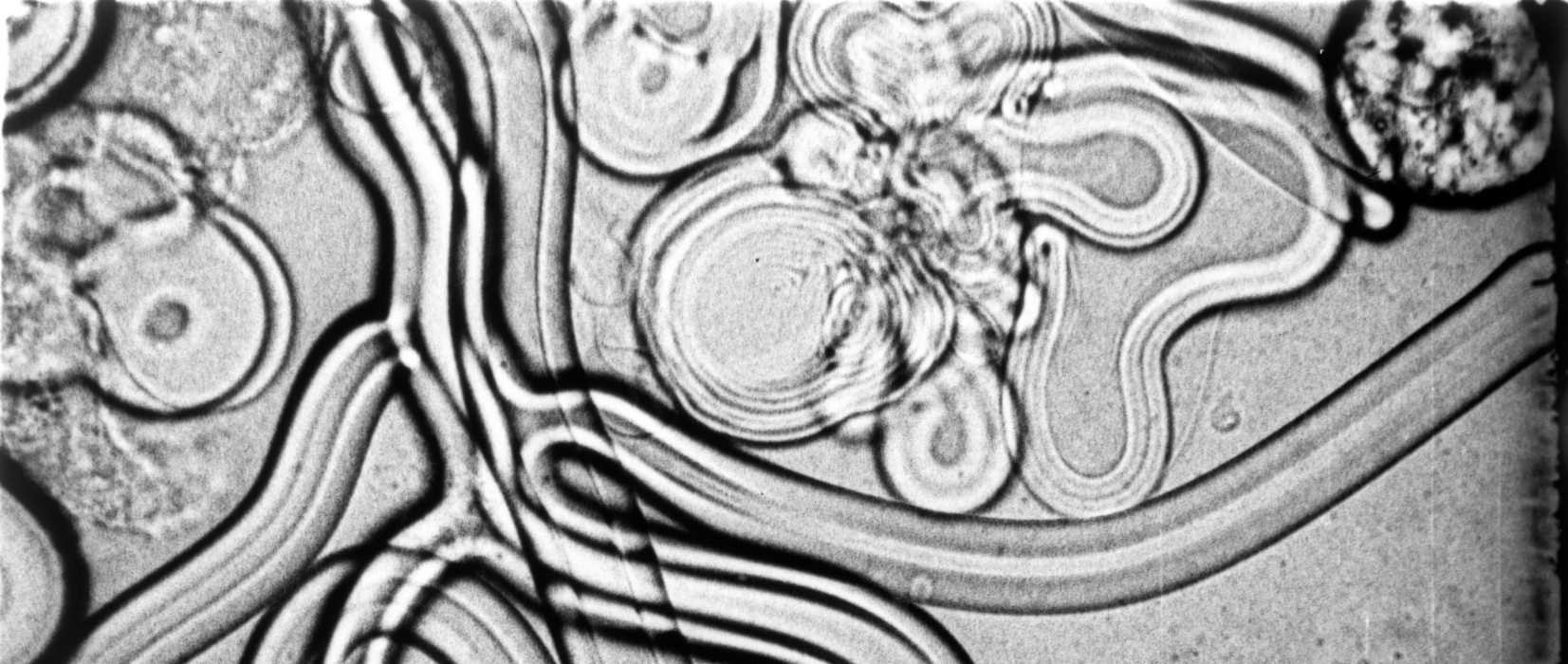Between cinema and biology, an innovative laboratory
In November 1920, at the same time that he started convening his foundation at the Centre de Documentation, Kahn proposed a project that would record the “phenomena of life” to the pioneer of scientific cinema.

In August 1920, Albert Kahn spoke to Dr. Jean Comandon, a biologist and specialist in micro-cinematography, in order to buy scientific films from Pathé. The 5 titles selected enchanted him, specifically the Epanouissement de quelques fleurs (Blossoming of several flowers), which would be screened more than 200 times with his guests.
In November 1920, at the time when he started convening his foundations at the Centre de Documentation, Kahn proposed a project that would record the “phenomena of life” to this pioneer of scientific cinema. He would have to wait 7 years, however, before his wish became a reality: after Pathé decided not to produce his scientific films anymore, the doctor finally accepted to direct the biology laboratory at the Centre de Documentation, assisted by Pierre de Fonbrune.
The building provided by the banker housed two film studios; one was equipped with a film device to document the growth of vegetation; the other a micro-cinematography device to record the infinitely small.
It took months, in order to develop the sophisticated and expensive material, before the facility was operational.
Kahn and Comandon both had great faith in cinema as a method of documentation as well as a research instrument: the devices used, thanks to the changes in scale and perspective, revealed the invisible by making itself the “master of space” through the microscope or the “master of time” through accelerated or slow motion.
From 1928 to 1931, seventeen films were made at the Boulogne laboratory. Financial difficulties obligated the banker to end this experience in 1932. Comandon, after having bought the equipment, pursued, along with Fonbrune, his work as a biologist filmmaker at the Institut Pasteur.
